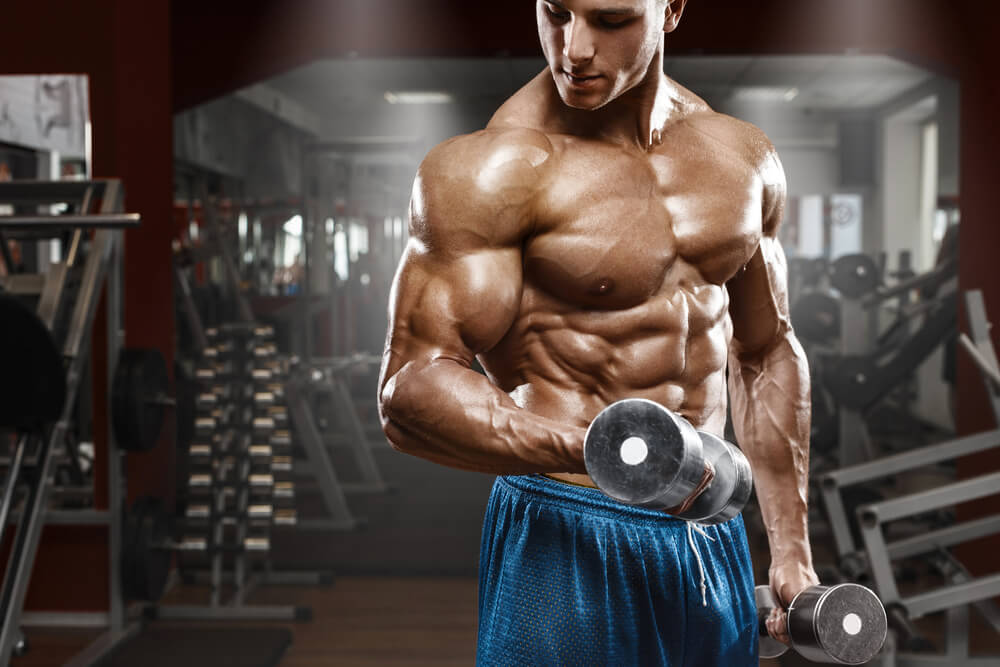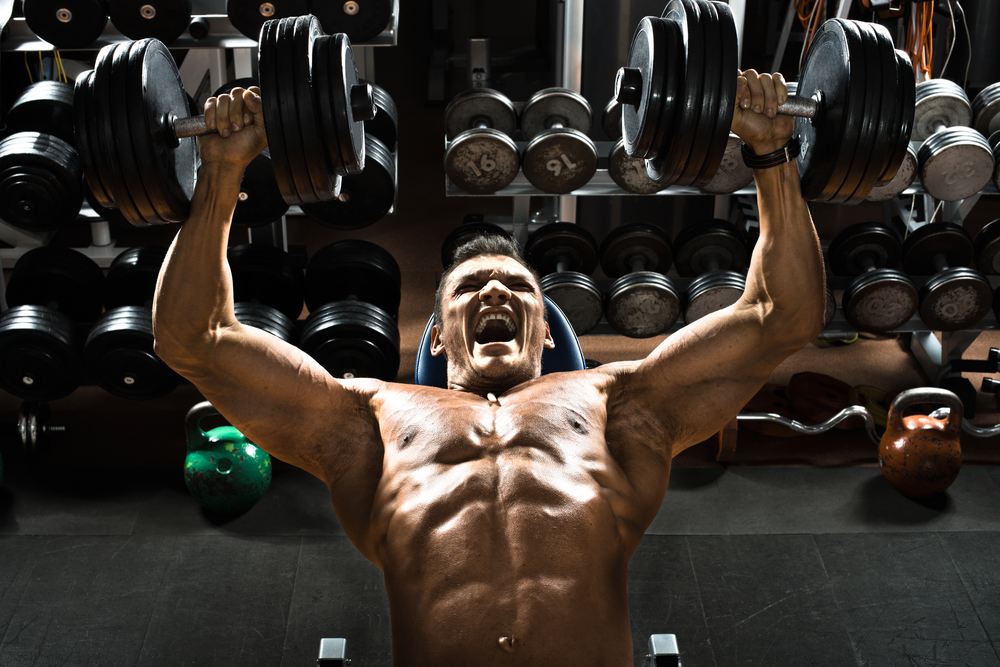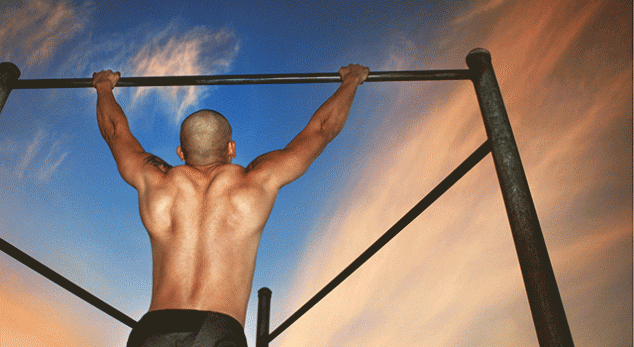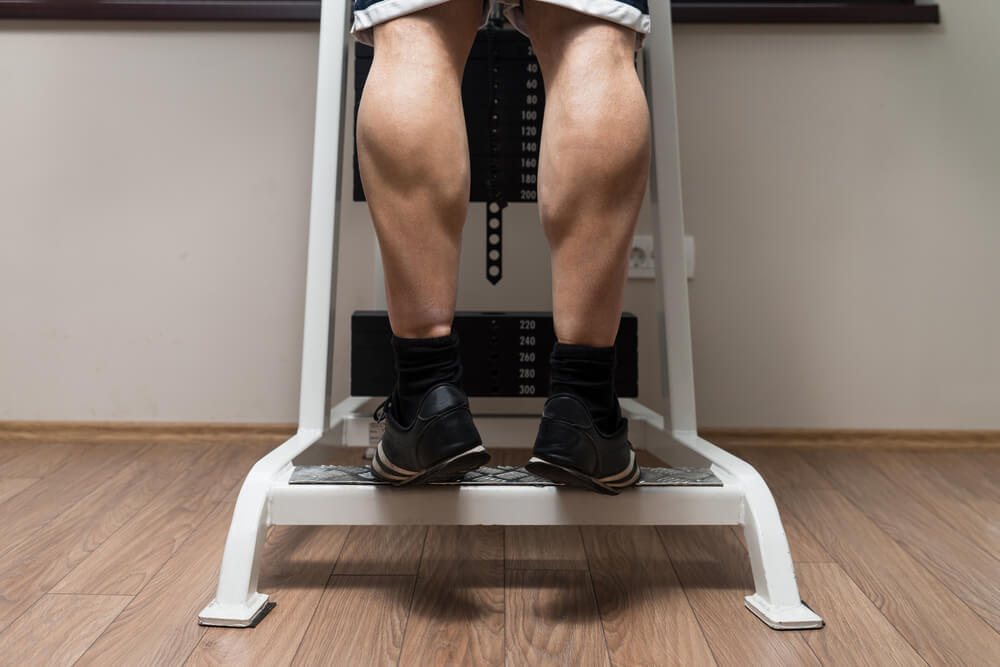
Want to know the best exercises for major muscle groups? Do you think you’re doing the top exercises for mass? Check this out to make sure you’re not wasting time.
There are literally thousands of exercises you can do in the gym. There are the good ones and the bad ones, but there are also the best ones. We have assembled the best muscle building exercise for each major muscle group.
Each exercise has been carefully selected for its ability to do two things. The first is to activate as much of the muscle as possible. This is done by picking an exercise that allows the muscle to work through a full range of motion and contracts the muscle from optimal angles. The second is to put that muscle through as much muscle building stress as possible by using exercises where you can lift the most weight in biomechanically advantageous positions.
So what are the best muscle building moves for each major muscle?
What makes them so great?
You’ve got questions.
We give you the answers!
Best Exercises

Chest: Dumbbell Press
It’s easy to think that the best exercise for the chest is the international calling card of Monday at the gym, the bench press. If building strength is your main goal, then the bench press will allow you to lift the most weight, but the dumbbell press will build more mass.
The dumbbell press requires a greater range of motion and utilizes the two major motions of the pectorals. Training arm adduction and arm extension places multiple forces on the pectorals through the entire range of motion.

Shoulders: Push Press
To make boulders of your shoulders you can’t wimp out and focus all of your energy on isolation exercises like front and lateral raises. Those are great for getting an additional pump and definition, but not for packing on muscle. Most overhead presses are great muscle builders, but one stands out: The push press.
The barbell allows you to load more weight and the leg drive will allow you to increase the weight even more.
The key is to maintain good form and control throughout. That means no ugly reps or over relying on the lower body to get the weight up. Keep your spine in a neutral position throughout the whole press. Even though weight is a key component to adding more muscle, using cheat reps or poor form on this exercise is a great way to injure your shoulders or lower back.

Back: Weighted Chin-Ups
The back is one of the more complex muscle groups in your body. It’s made of many different muscles that angle in all sorts of directions while overlapping each other. The key with getting the most from a back exercise is activating as much musculature as you can. The main movers in the back are the lats, rhomboids, traps and rear deltoids. While most major back exercises will engage all of these muscles to some degree, there is one that stands out:
The weighted chin-up.
Supinating or turning the palms in activates more of the lats than the traditional overhand grip. Doing weighted chin-ups instead of pulldowns puts greater overall tension on the back as well. With this body positioning, you can rest assured your whole back will get some action. That’s why this exercise is commonly the backbone of German volume training programs chest and back day.
To boost the difficulty on this exercise, even more, slow down the tempo for a two-second lift phase and four-second lowering phase.
You will be sure to grow wings, as you widen and thicken your back in no time.

Triceps: Close Grip Bench Press
Engaging all three heads of the triceps is a challenge to do in one movement. Different elbow widths and motions focus on different parts of the muscle. There are plenty of great triceps exercises but many of them have a common weak link.
What is it?
They are isolation exercises that put little overall stress on the triceps and are hard on the elbows.
As usual, compound exercises rule the triceps. The standard suspects like bench dips or parallel bar dips work well, but again tend to put a ton of stress on the shoulders and elbows, especially for the less mobile.
Close grip bench presses give you the chance to use as much or more weight than dips while putting your shoulders and elbows in a biomechanically safe position. To stay safe during this exercise, keep your elbows in and close to your body. The further your elbows drift, the more at risk your shoulders are because the weight isn’t being pressed directly against gravity.

Biceps: Incline Dumbbell Curls
It’s true: Sometimes you need to do good old-fashioned curls. You might not be able to use as much weight with incline dumbbell curls as barbell curls or close grip chin-ups, but you will hit key movements.
The biceps are actually a pretty complex muscle and are responsible for much of the movement in the wrists. They create elbow flexion and wrist rotation. The biceps and brachialis form together to do both of these movements and that’s why it is crucial to do a movement that involves rotation.
Incline dumbbell curls fit all the criteria we just mentioned and more. The incline position makes it easy to fully extend the elbow so that the biceps can go through a full range of motion. This seated position also makes it tougher to swing the dumbbells and cheat on the reps, not that you would ever do that.
Make sure to take it slow on the curls and focus on contracting the biceps as hard as you can during the lifting phase.

Forearms: Farmers Walks
The forearms are the calves of the upper body. They get a little bit of action all the time, but not enough to grow to impressive size and definition. If you want to get Popeye forearms, you need to do additional forearm training.
The hands control the forearms, which again makes them very complex. There are many different muscles all working in unison to make your hands work. If you use wrist curls, you will always be using light weight and miss key muscles.
The farmers walk is the solution to this. With farmers walks you can carry very heavy weights that will bulk up your forearms and improve all of your other lifts. To do the farmers walk, simply pick weights that you would use for your heaviest dumbbell presses and walk 30 yards without setting the weights down. If you can make it without feeling like the weights are going to fall out of your hands, then it is too light.
If you have to stop and regrip all the time, then it is too heavy.

Glutes (Tie): Deep Squats And Deadlifts
There are few muscles besides the glutes that have had more sketchy equipment, marketing gimmicks or plastic surgery procedures geared towards it. The true sign of any powerful physique is developed glutes. The glutes are the powerhouse in hip hinges, which is the position the body can produce the most force from. Leave the ankle weights and weird machines behind.
Why?
Your glutes need old school treatment.
Deadlifts and deep squats are two of the best exercises. They would make any list and they’re without question at top of the list for glute exercises. Glutes primarily extend the hips, which is exactly what a deadlift does.
Anyone who’s done a proper set of deadlifts has felt their glutes the next day.
The same goes for deep squats. At first, it seems like this exercise would be great for the quads, and it is. Going below parallel lengthens the glutes to a large extent. That allows them to get a full contraction. A full contraction under a loaded bar means micro muscle tears and max muscle growth.

Hamstrings: Romanian Deadlift
When you think of the hamstrings, with any hope you do not think of leg curls. If you do, it is time to change that.
Why?
Machine isolation exercises will never be the center of mass building. The hamstrings are responsible for knee flexion and hip extension. That means you need more than a simple leg curl.
What should you do?
Do some deadlifts.
The traditional or sumo deadlift definitely requires massive hamstring power, but the Romanian deadlift takes the lead when looking specifically at hamstring development. Traditional and sumo deadlifts are exercises that work best at lower reps, but hamstrings respond better to a moderate rep range.
The Romanian deadlift lends itself much better to higher reps. That is the case, as you will not be setting the bar down or bouncing it off the floor. You’ll keep constant tension on the hamstrings. To get the most out of this exercise, keep the bar moving and avoid pausing between reps or overextending the back, both of which will take the load off the hamstrings.

Quadriceps: Front Squats
The biggest muscle group needs big action.
There are plenty of options to load the quads. For instance, there are back squats, lunges and leg presses. All of these are fantastic exercises for building muscle and strength, but the front squat holds the edge. The body’s positioning during the front squat requires substantial mobility in the hips, but if you have it you can grow your quads.
During the front squat, the bar is loaded on the front of the body. That means the torso will have to stay fairly vertical, unlike most back squat positioning. Since the torso is upright, the back is there to hold proper posture and will not lend much assistance in lifting weight. This means that the quads will have to light up to lift up the weight. Couple that with a medium to narrow stance and your quads will be pumping with blood trying to keep up with the demands.
As with all exercises, range of motion is crucial.
If you squat to above parallel or even just to parallel, you’re only taking the quads through a partial range of motion that does not maximize your efforts.

Calves: Standing Calf Raise
Last but certainly not least is the calves. The calves are made of two main muscles, the soleus, and gastrocnemius. The gastroc is the upper calf muscle that sticks out and the soleus is the muscle that lies beneath it.
To hit both of these muscles and use the most weight, it is best to have the leg in an extended position. That’s why the seated calf raise did not make the cut. It does more isolation than overall activation.
The standing calf raise will give you the biggest bang for your buck. The secret to this exercise is keeping a slight bend in your knees.
Why?
It allows you to lift more weight. A full range of motion with a pause at the top will pull it all together for the calves.
Conclusion
We’ve now given you the best exercises to include in your routine, but it isn’t quite that simple. How you do the exercises matters as well. To keep seeing progress, you should vary your reps, tempo and rest periods for all of these exercises. Each range has unique benefits you should be taking advantage of to build muscle.
How you do the exercises matters as well. To keep seeing progress, you should vary your reps, tempo and rest periods for all of these exercises. Each range has unique benefits you should be taking advantage of to build muscle.
Also, keep in mind that just because they are the best exercises that it does not mean you should do them in every workout. The body thrives on variety but excels with consistency. Changing up your exercises ensures you do not develop muscular imbalances that can throw off your physique and land you in the doctor’s office with injuries.
As you rotate your exercises be sure to include these and track your progress with them. If you can see consistent improvement in these exercises and you eat enough, you’re almost guaranteed to make gains.
By Raphael Konforti MS, CPT
Terry
Latest posts by Terry (see all)
- How Important Are Net Carbs For Building Huge Muscle? - Apr 28, 2017
- The Matt Damon Workout Explained - Apr 27, 2017
- Watercress – Benefits And The Best Way To Consume It - Apr 26, 2017










What would you suggest the best exercise for abs would be and why?
Steve,
That’s a good question, personally, I think leg raises are extremely effective if you can do them. I also like planks for overall core strength. Also, it’s important to remember if you don’t have low enough bf% you will NOT see your abs!
Terry Asher
[…] is why it is recommended to go at least one day in between using the same muscle groups in a row. Recovery brings your base fitness level back to its pre-training […]
[…] T bar row is ideally the best lift you can do for this muscle group because gravity is against you on the lift. You’re completely fighting against gravity when […]
[…] would likely focus on a muscle group or a muscle movement and hit those groups of muscles hard each day. That, however, is not what […]
[…] number of varieties of dips, every with its personal set of advantages and challenges. Whereas the muscle teams concerned are related throughout various kinds of dips, the extent of activation can fluctuate […]
[…] are several types of dips, each with its own set of benefits and challenges. While the muscle groups involved are similar across different types of dips, the level of activation can vary based on the […]